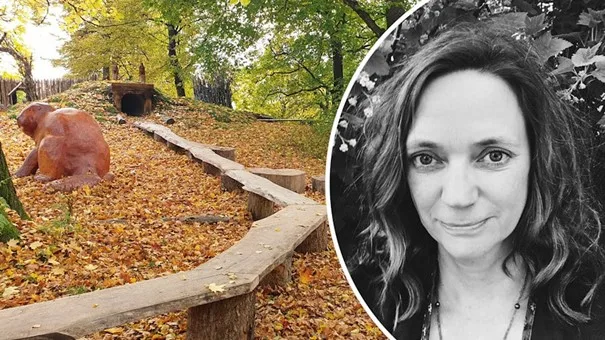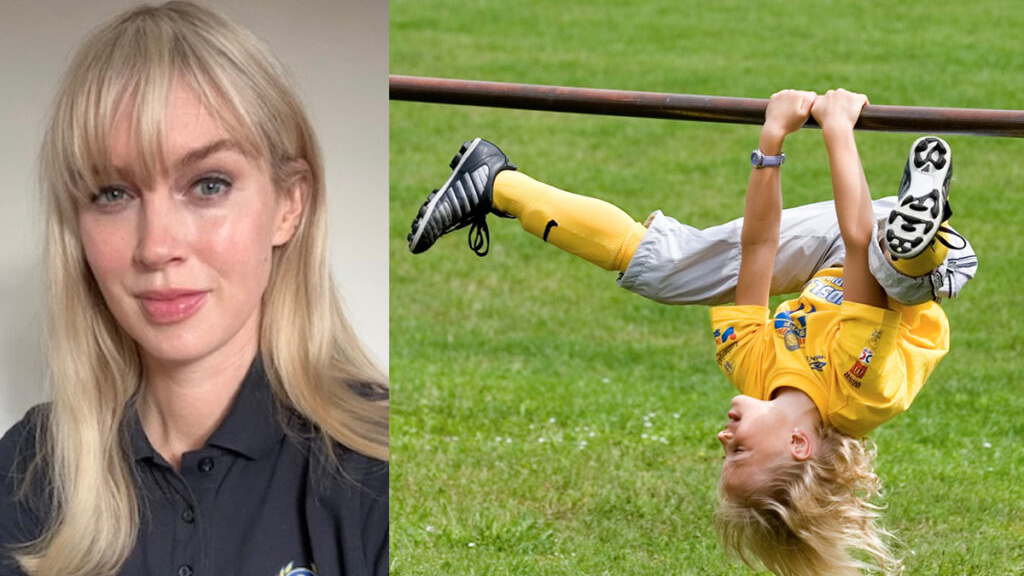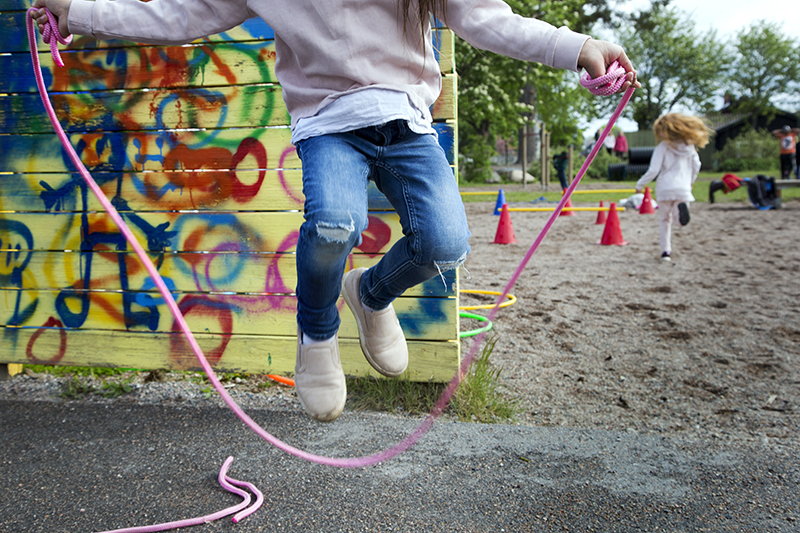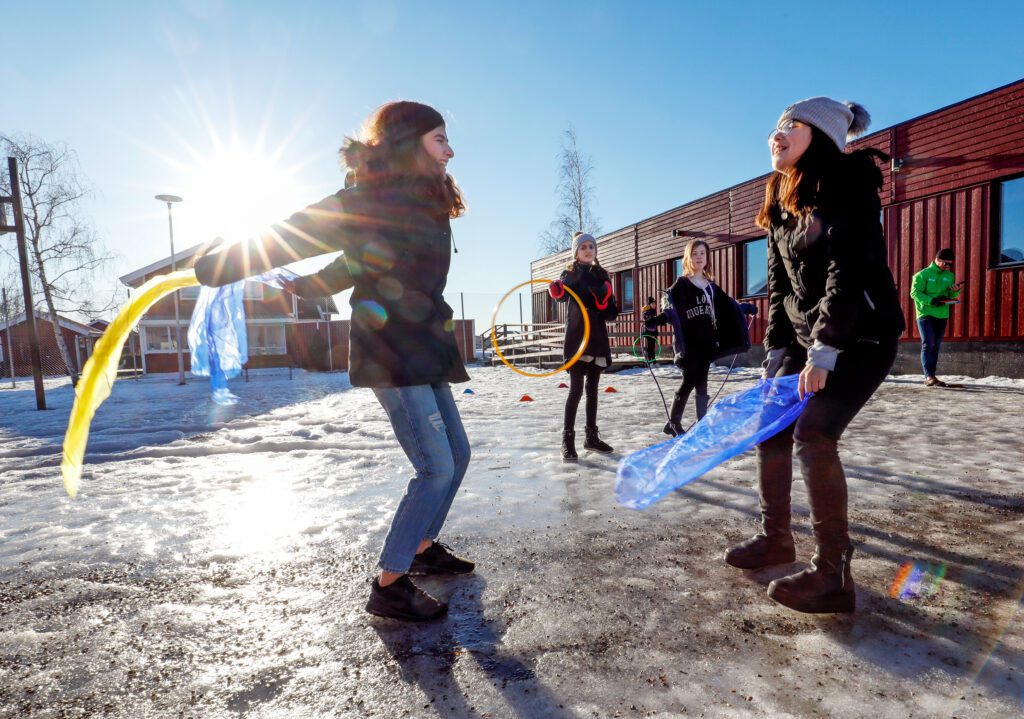In Sara Frödén's ongoing study, she observes how children and educators use play environments in forest and green areas. Stora Holmen is one of the playgrounds created in Örebro. Photo: Örebro municipality.
Children's imagination and exploration thrive in park and forest environments. In addition, play becomes more challenging. This is shown by researcher Sara Frödén's ongoing study of the green play environments created in Örebro.
Örebro has several new, green play landscapes that invite people to enjoy movement, creativity and exploratory play. Several of them are also located close to preschools and schools. This is something that pedagogy researcher Sara Frödén at Örebro University uses in her studies.

- I study how children and educators use these green spaces compared to traditional school and preschool yards, and this from a social sustainability perspective - for example, how girls' and boys' play and interaction differ, she says.
More varied and risky play
The 'Playful City' project is a collaboration between the municipality and the university, and so far Sara Frödén's studies have only lasted a year. But an initial analysis shows that play differs in several ways. Among other things, she has noted that play in parks and forests is more exploratory and imaginative. It also contains more risky and varied play than that which takes place in the ordinary farm.
- "It's also interesting to see that vulnerable pupils, those who need peace and quiet, rest and recover in the park. There they can be left alone to play or just hang out without feeling disturbed and exposed in the same way as they might in an open space like the schoolyard," she says.
Injuries are rare
Even the younger children who are not allowed to play freely in the green areas tend to play in the bushes, rather than with the often lavish materials in the yard.
- "Natural materials are children's gold, and green areas are full of them," says Sara Frödén.
'For some children it is vital.
Another insight is that children rarely injure themselves in the forest and park areas. However, children have told us how they have fallen from, for example, the playground equipment in the ordinary yard. It seems that children make their own risk assessments in the green areas, for example when climbing trees, unlike when playing in the landscaped playgrounds, which are perceived as safer by both children and adults.
More people participating in physical games
- Some children do not have the same consistency as others, and for them it is particularly important to be challenged and practiced in a safe context with permissive educators. There is little room for risky physical play in traditional preschool and school playgrounds, but in green spaces it is different. I have seen that girls also participate in this kind of play, but play in green spaces is more gender-coded," says Sara Frödén.
She sees many advantages in children having access to green areas close to schools and preschools.
- For some children it is vital and it is strange that it is not everywhere, that we have not progressed further.




